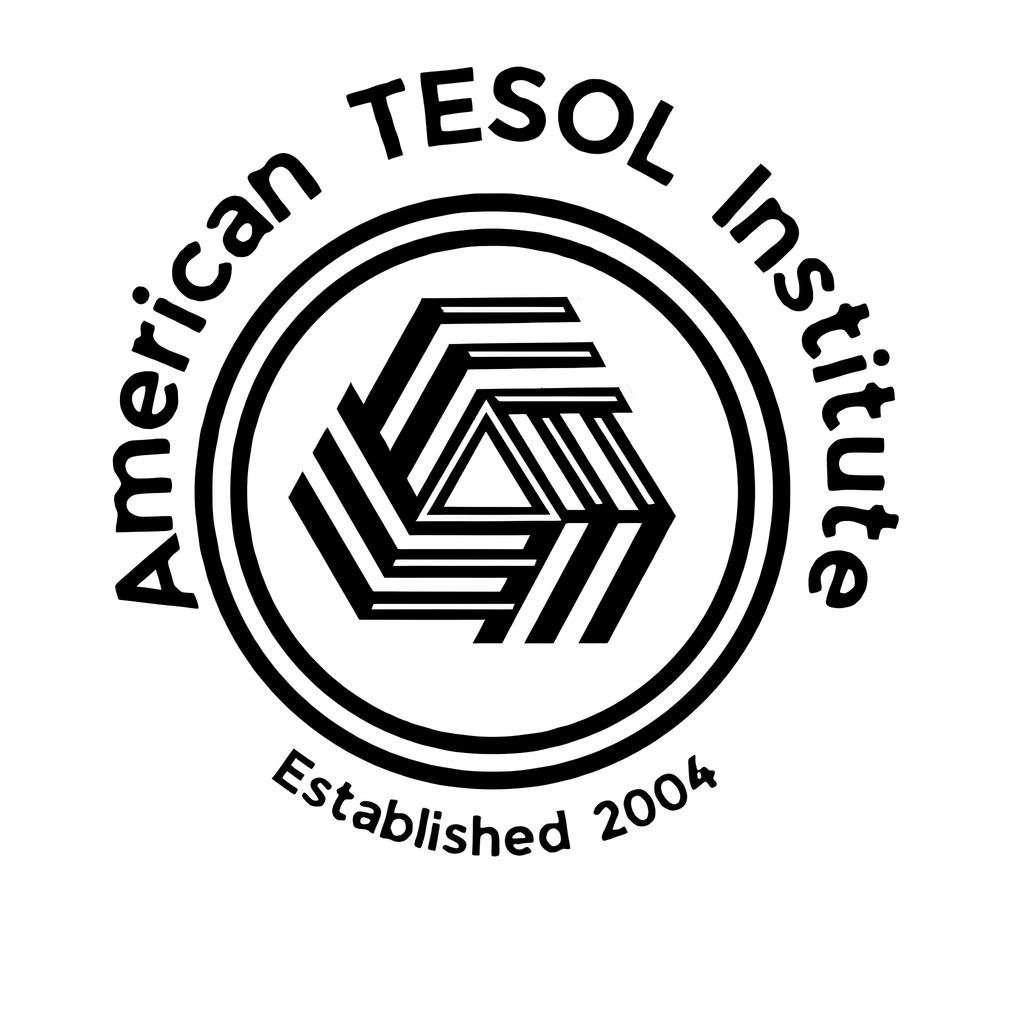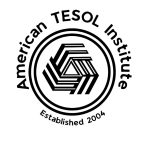Cars are more than just a mode of transportation; they are a cornerstone of American culture and history. From the Ford Model T to electric vehicles like Tesla, cars have shaped how Americans live, work, and dream. For TESOL teachers, using cars as a theme for English lessons offers a unique way to engage students with vocabulary, cultural insights, and real-world applications.
Why Teach English Using the Theme of Cars?
- Cultural Relevance
Cars represent freedom, innovation, and identity in American culture. Teaching about cars introduces students to a key aspect of American life and values. - Practical Vocabulary
Learning automotive-related terms helps students navigate real-life situations, such as renting a car, giving directions, or talking about travel plans. - Engaging Topics
Discussing cars can spark lively conversations, from favorite vehicles to sustainability in transportation, keeping students interested and motivated. - Cross-Curricular Connections
Teaching about cars can integrate lessons on history, science, economics, and geography, enriching the language-learning experience.
Key Vocabulary and Expressions
Introduce students to essential terms and phrases related to cars and driving:
- Parts of a Car: Engine, tires, headlights, windshield, brakes, trunk, steering wheel, fuel tank.
- Driving Terms: Speed limit, traffic lights, gas station, carpool, highway, parking lot.
- Common Expressions:
- “Hit the road” (start a journey)
- “In the driver’s seat” (in control)
- “Rev up” (get excited or start quickly)
- “Pump the brakes” (slow down or stop).
Lesson Plan Ideas
1. Vocabulary Scavenger Hunt
- Objective: Teach car-related vocabulary through a fun, interactive activity.
- Activity: Show students pictures of car parts or places related to driving (e.g., a highway or gas station). Ask them to identify or describe what they see using newly learned vocabulary.
2. The History of American Cars
- Objective: Develop listening and comprehension skills while learning about American automotive history.
- Activity: Show a short video or presentation on iconic American cars (e.g., the Ford Model T, Chevrolet Corvette, Tesla). Follow up with comprehension questions like:
- Who invented the first affordable car in America?
- What makes Tesla cars unique?
3. Role-Playing: Renting a Car
- Objective: Practice conversational English for real-world scenarios.
- Activity: Set up a mock car rental counter. Assign roles (customer and agent) and provide phrases like:
- “I’d like to rent a car for three days.”
- “Do you want insurance with that?”
4. Road Trip Planning
- Objective: Use geography and car-related vocabulary to plan a hypothetical trip.
- Activity: Ask students to choose a U.S. destination (e.g., Grand Canyon, Route 66). Have them plan a road trip, including:
- Routes they’ll take.
- Estimated mileage.
- Stops for gas or food.
5. Sustainability and Cars
- Objective: Foster critical thinking and discussion skills.
- Activity: Lead a debate on the pros and cons of electric vehicles (EVs) versus traditional cars. Include terms like “emissions,” “battery life,” and “fuel efficiency.”
Integrating Culture into the Lesson
- Car Culture in America
Discuss why cars are so important in the U.S.:- Suburban living often requires a car due to the lack of public transportation.
- Iconic road trips, like Route 66, symbolize freedom and adventure.
- Car shows and movies like Fast & Furious reflect the cultural significance of vehicles.
- American Road Trip Movies
Introduce students to classic films that showcase car culture, such as:- Cars (animated movie for younger learners).
- Thelma & Louise (adventure).
- Ford v Ferrari (history and competition).
Assessment and Reflection
- Written Task:
Ask students to write about their dream car and why they would choose it. Encourage them to describe features using the vocabulary they’ve learned. - Presentation:
Have students give a short presentation on a famous car brand, its history, and its impact on culture. - Group Discussion:
Facilitate a conversation about how cars influence their own culture and compare it with car culture in the U.S.
Conclusion
Teaching English through the lens of cars offers endless opportunities for language practice and cultural exploration. From understanding American values to learning practical vocabulary, this theme brings relevance and excitement to the classroom. By integrating interactive activities, historical insights, and real-world applications, TESOL teachers can create lessons that accelerate students’ English learning journey.
So, buckle up and get ready to teach English in the fast lane with lessons inspired by cars, the ultimate American pastime!


